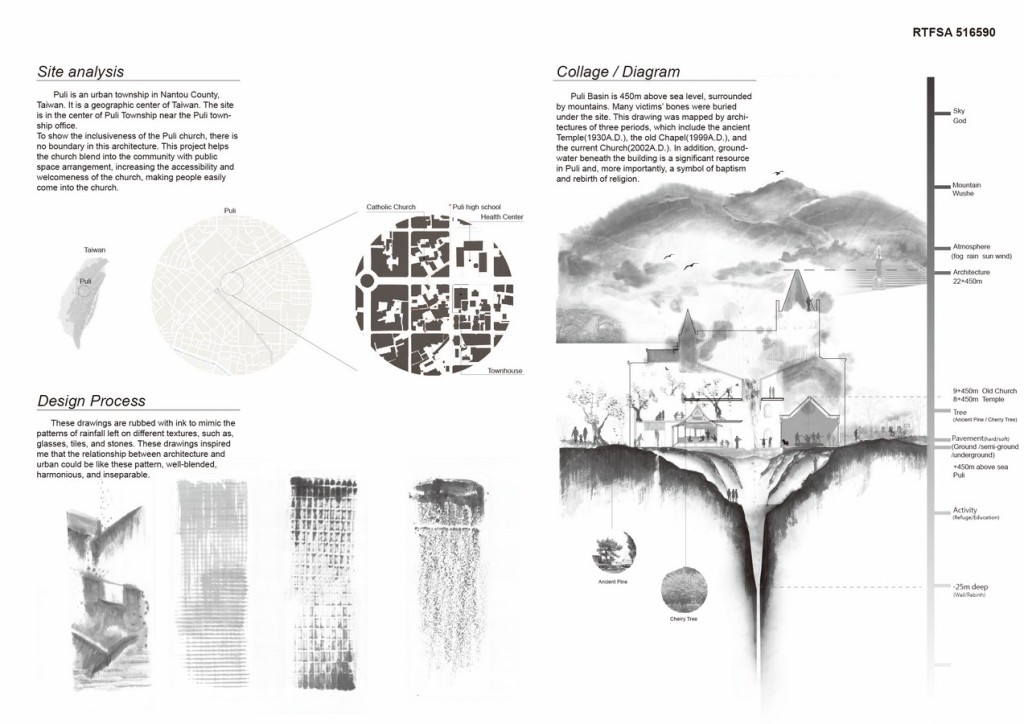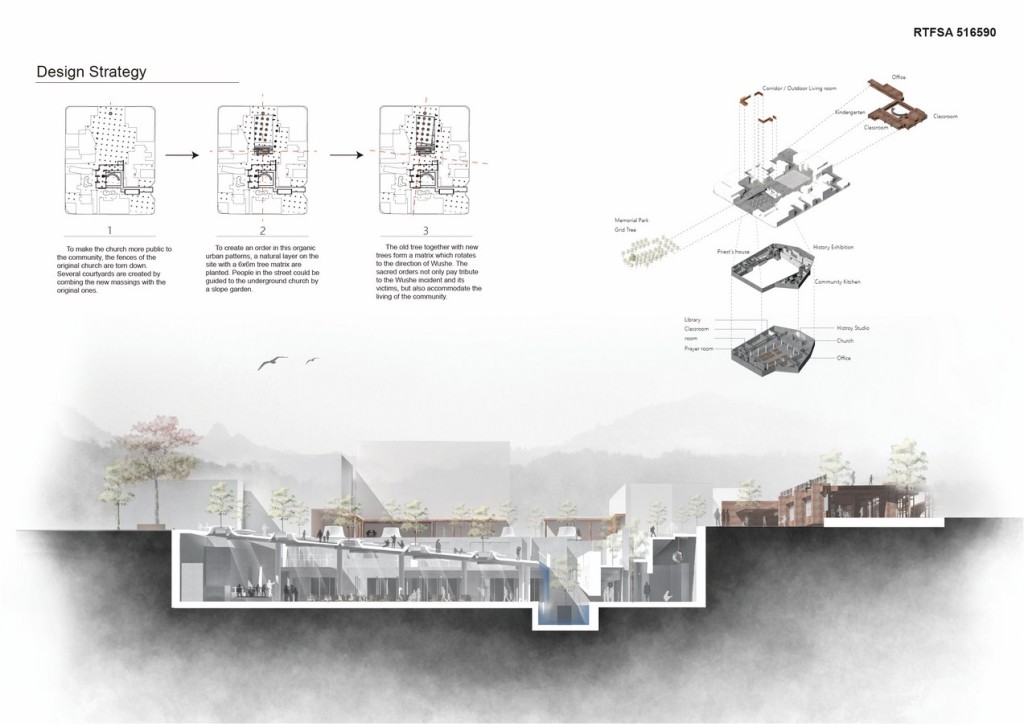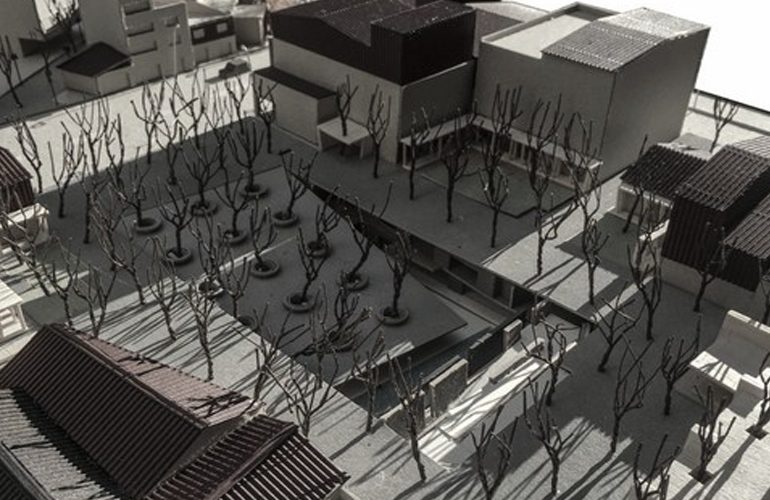For thousands of years, the height of a church has been a significant concept for humans. Architects designed buildings meant for the worship and praise for the religion and God. A look through architecture history shows that churches have become taller and more extravagant through the centuries, signifying the deep respect and admiration towards the divine. Mainly, the churches were designed with its main focus on the needs of worship and other religious activities, often sacrificing secular needs such as people’s needs, its role in the local community. Nonetheless, the relationship between the sacred and the secular can be traced back to a story in the Bible, ‘Five Loaves and Two Fish.’ The parable depicts the miracle of Jesus feeding five thousand followers with only a basket of five loaves and two fish. Through the power of prayer and faith, as Jesus passed the basket around, there was an endless supply of bread and fish, eventually feeding all the followers. The role of religion, and religious structures signifies the concept of this basket, nurturing the needs of the secular world through a symbolism of faith and selfless sacrifice.
Second Award | RTFSA 2016 Awards
Category: Cultural (Concept)
Participant Name: Ta Wei Hsu
Country: Taiwan

In the modern society, the concept of architectural design have moved away from majestic buildings towards a more modern, intimate concept of bringing people together, building a space of open interaction. Churches are not only meant to provide religious services but also to document and preserve local history, connect and integrate individuals, promote good will and charitable services in the local community. Therefore, churches have drastically evolved from mere worship places into local landmarks that also signify different urban patterns.

Puli Church has existed on this site for at least 100 years. From Japanese colonial period, Nationalist government to the present. Unfortunately, a miserable tragedy happened in Wushe and Puli in1930, called Wushe Incident. Wushe Incident known as Wushe Rebellion began in October 1930 was uprising against colonial Japanese force in Taiwan. Nearly a thousand people died in the incident, including Japanese and aboriginals. Many bones of victims were buried under the site.

This project proposes a memorial architecture for the victims of the Wushe Incident (a massacre/conflict between the Japanese and aboriginals in 1930) in Puli, Taiwan. Wushe Incident is a tragedy to local people and Japanese. Many victims’ bones were buried under the site in 1930. The goal of this project is to memorize the forgotten incident with tenderness. The church serves as a space which not only soothes victims’ wounded hearts but also makes people memorize this massacre.
If you’ve missed participating in this award, don’t worry. RTF’s next series of Awards for Excellence in Architecture & Design – is open for Registration.
Click Here








